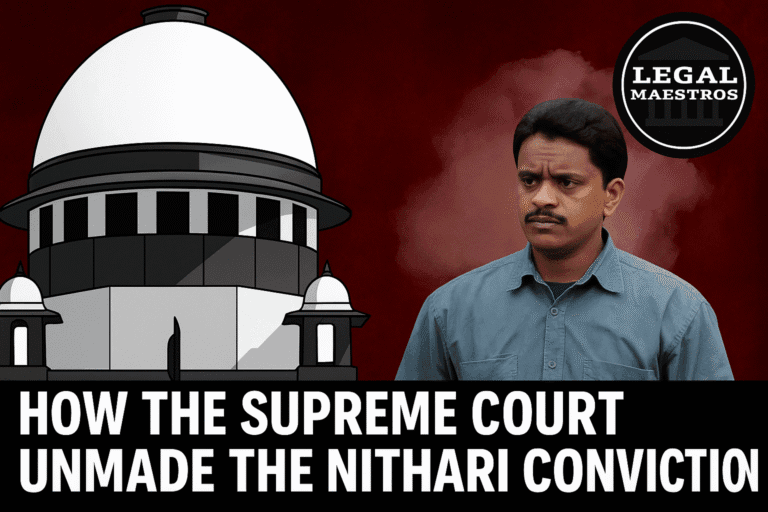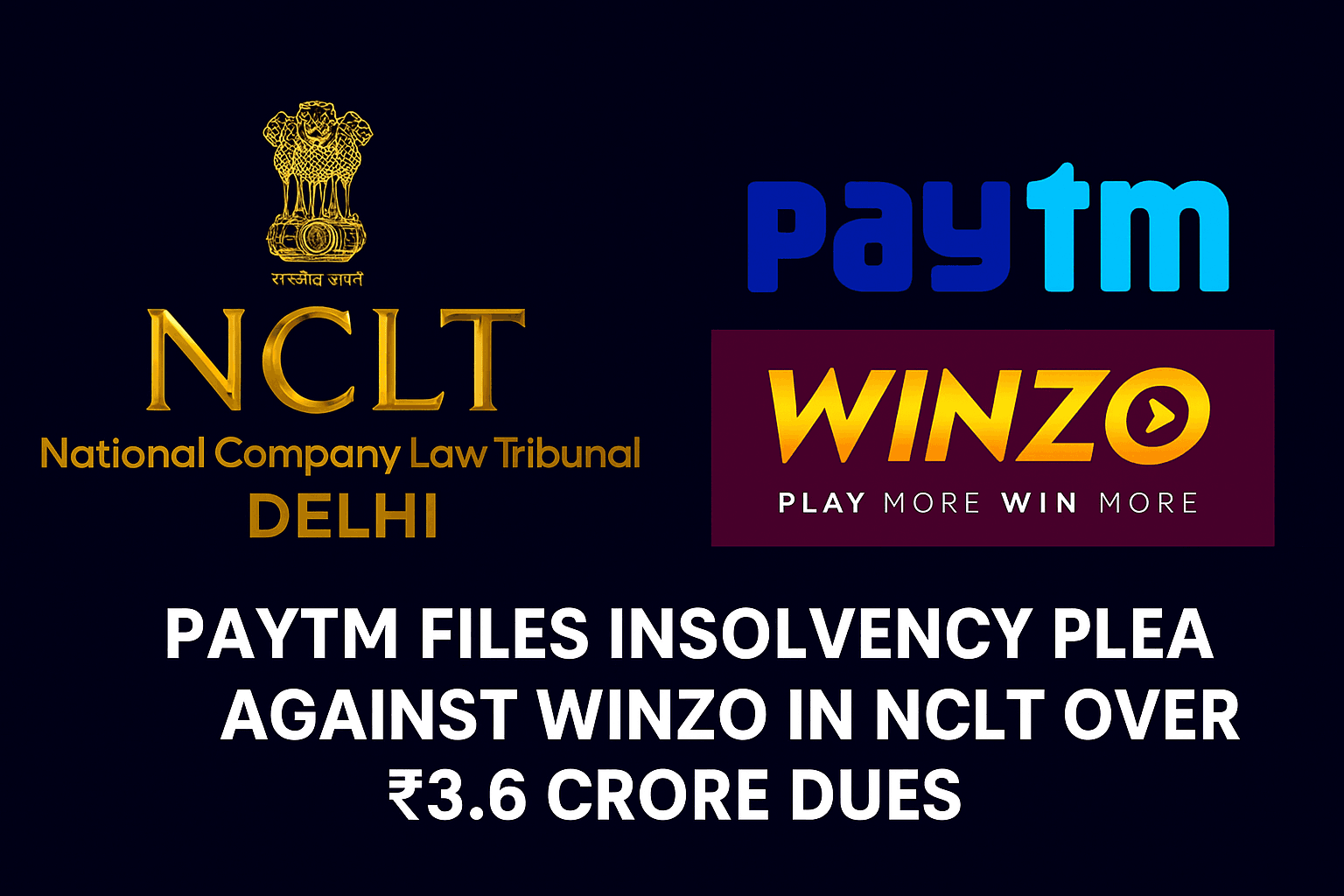
EXPLAINED Sambhal Masjid Row: Allahabad High Court Upholds Survey of Shahi Jama Masjid, Rejects Mosque Committee’s Plea Over Hindu Temple Claims
Introduction
The Shahi Jama Masjid, which is located in Sambhal, Uttar Pradesh, has emerged as the focal point of a huge legal and communal controversy. There have been allegations that have surfaced alleging that the mosque was built on top of a Hindu temple that had been razed. On a recent occasion, the Allahabad High Court upheld the judgment of a lower court to carry out an inspection of the mosque in order to investigate these allegations. Discussions on the preservation of historical sites, religious sentiments, and legal interpretations have been aroused as a result of this trend. Wikipedia [1], Wikipedia [2], and The Indian Express [3] are all useful resources.
The historical atmosphere surrounding the Shahi Jama Masjid
One of the earliest mosques from the Mughal era that is still standing in South Asia is the Shahi Jama Masjid, which was built in 1526 during the reign of Babur, the Mughal emperor. The mosque, which is situated in the fortified ancient town of Sambhal, is protected by the Ancient Monuments Protection Act of 1904 due to the fact that it is recognized for its architectural significance. Due to the fact that it is historically significant, it has become a topic of interest for academic historians as well as religious congregations. [[Wikipedia]] [1]]
Legal Proceedings and Claims for Compensation
In November of 2024, a group of Hindu plaintiffs filed a lawsuit in the Sambhal district court, claiming that the Shahi Jama Masjid was constructed after the destruction of an earlier temple that was dedicated to Kalki, the incarnation of Lord Vishnu. For the purpose of gathering evidence to back up their claim, they requested that the premises of the mosque be inspected. In order to carry out the survey, the trial court appointed an attorney commissioner, a decision that was greeted with opposition by the management committee of the mosque. It has been reported that [The Times of India][4], [Business Standard][5], and [The Times of India][6]
For More Updates & Regular Notes Join Our Whats App Group (https://chat.whatsapp.com/DkucckgAEJbCtXwXr2yIt0) and Telegram Group ( https://t.me/legalmaestroeducators )
The Resolution of the Allahabad High Court
For any queries or to publish an article or post or advertisement on our platform, do call at +91 6377460764 or email us at contact@legalmaestros.com.
On the 19th of May, 2025, the Allahabad High Court rejected the appeal that the mosque committee had submitted in order to challenge the order that the trial court had issued for a survey. The plaintiffs were seeking access to a protected monument rather than attempting to change the religious nature of the monument, according to Justice Rohit Ranjan Agarwal, who said that the plaintiffs’ complaint was not prima facie banned under the Places of Worship Act, 1991. As a result of the court’s emphasis on the fact that the mosque is a centrally protected landmark that does not fall under the official categorization of a religious site, the survey was permitted to proceed. According to [India Today][7] and [The Times of India][4],
Impacts of the Decision on the Situation
The ruling made by the High Court has some significant repercussions for the continuing judicial investigation into the historical religious structures that have been constructed in India. Through its decision to permit the survey, the court has established a precedent for the manner in which such disagreements may be resolved in the future. The decision illustrates the difficult balance that must be maintained between protecting history and honoring religious emotions, as well as the significance of archeological and historical evidence in the resolution of issues of this nature. (8th edition of The Times of India)
Responsibilities and tensions within the community
There has been a range of responses from various communities in response to the verdict made by the court. Despite the fact that some people consider the poll to be an essential step in the process of unearthing historical truths, others consider it to be an intrusion on the sanctity of religious beliefs. In response to the situation, officials have urged for calm and emphasized the need of peaceful cohabitation in the region. The scenario has led to an increase in tensions in the region.
For any queries or to publish an article or post or advertisement on our platform, do call at +91 6377460764 or email us at contact@legalmaestros.com.
The Shahi Jama Masjid in Sambhal has been the subject of debate, which is a reflection of the intricate relationship that exists between history, religion, and the legal system in India. As the survey continues, it is absolutely necessary for all parties involved to treat the issue with respect and a dedication to doing what is right. The verdict in this case could have far-reaching ramifications for how the nation handles similar conflicts in the future, highlighting the importance of obtaining a resolution that is both courteous and balanced. ([Wikipedia article]])




![Research Assistantship @ Sahibnoor Singh Sindhu, [Remote; Stipend of Rs. 7.5k; Dec 2025 & Jan 2026]: Apply by Nov 14, 2025!](https://legalmaestros.com/wp-content/uploads/2025/11/Gemini_Generated_Image_s0k4u6s0k4u6s0k4-768x707.png)
![Karanjawala & Co Hiring Freshers for Legal Counsel [Immediate Joining; Full Time Position in Delhi]: Apply Now!](https://legalmaestros.com/wp-content/uploads/2025/11/Gemini_Generated_Image_52f8mg52f8mg52f8-768x711.png)